News and Events
16/01/2023
Our results on "Universal scaling laws for charge-carrier interactions with quantum confinement in lead-halide perovskites" are published in Nature Communications!
Lead halide perovskites open great prospects for optoelectronics and a wealth of potential applications in quantum optical and spin-based technologies. While intense experimental and theoretical efforts have been made to explore their outstanding optical and electronic properties, the physics of band-edge charge-carrier complexes (e.g. excitons, trions, biexcitons), whose recombination is at the origin of the luminescence, is not elucidated. The ordering of bright and dark sublevels in the exciton fine structure of quantum nanostructures is a subject of ongoing debate, though essential for the development of quantum light sources at various temperatures and for spin-based technologies. For instance, the production of efficient single photon sources will require fine coupling and tuning of highly resonant optical cavities to the nanostructure transition lines. Little is also known about charge-carrier Coulomb interactions in perovskites, whose knowledge is essential for the development of perovskite-based light emitting technologies. For example, the sign of the biexciton binding energy will fix the transition that may sustain population inversion and thus optical gain for lasing applications. Moreover, the precise comprehension of the correlations between biexcitons and excitons in these nanostructures is of utmost importance for the development of entangled photon sources.
In this work, low temperature magneto-optical spectroscopy of nearly-bulk CsPbBr3 and CsPbBr2Cl nanocrystals reveals their entire band-edge exciton fine structure and charge-complex binding energies. We show evidence that the ground exciton state is dark and lays several millielectronvolts below the lowest bright exciton sublevels, which settles the debate on the bright-dark exciton level ordering in these materials. More importantly, combining these results with spectroscopic measurements on various perovskite nanocrystals (NCs) compounds found in the literature, we demonstrate universal scaling laws relating the exciton fine structure splitting, the trion and biexciton binding energies to the band-edge exciton energy in lead-halide perovskite NCs, regardless of their chemical composition. These scaling laws solely based on quantum confinement effects and dimensionless energies offer a general predictive picture for the interaction energies within charge-carrier complexes photo-generated in these emerging semiconductor nanostructures.





